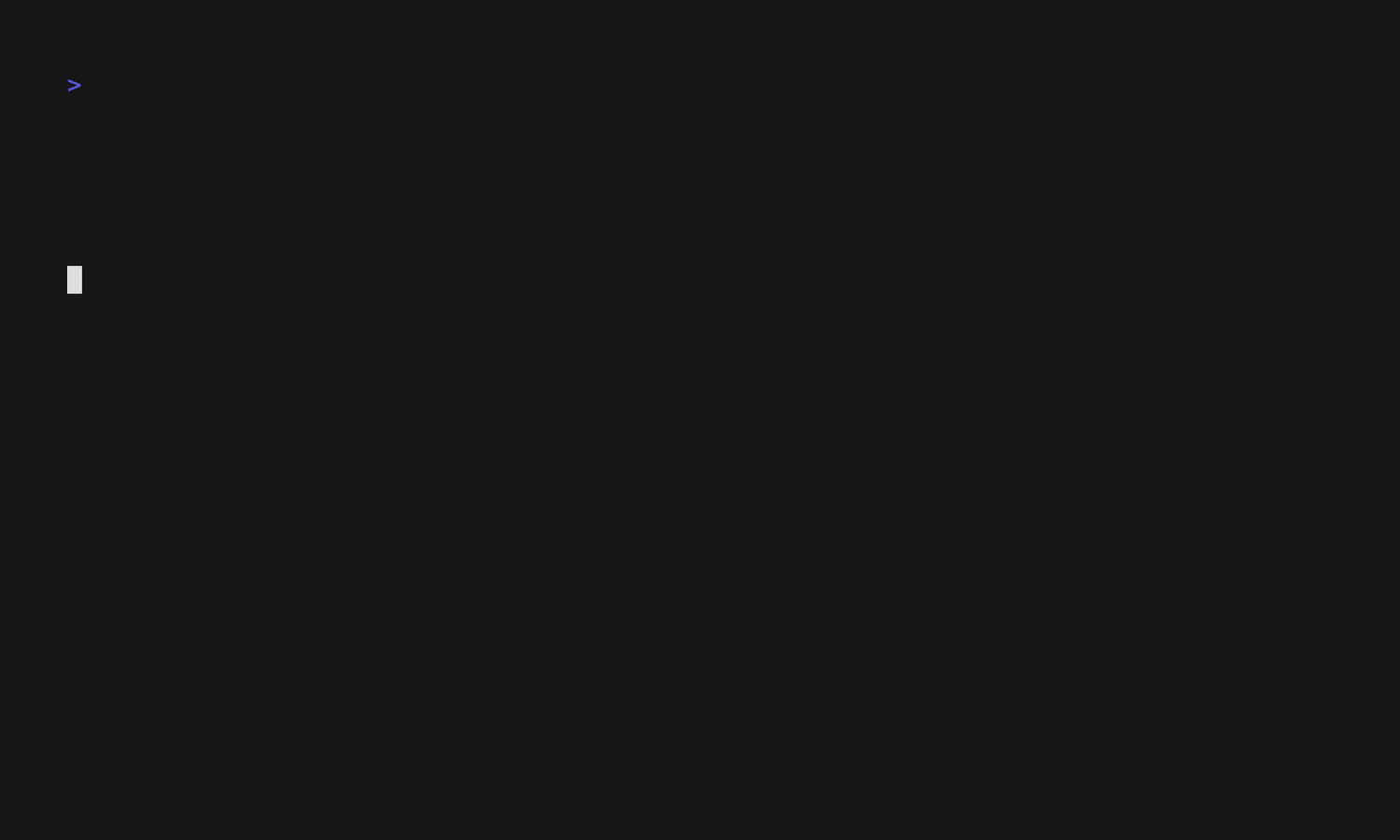When running vulnerability scans against your software dependencies it’s important to have the most up to date vulnerability information that’s been published. New vulnerabilities are found all the time, the data goes stale quickly. For current Grype users, we have a daily pipeline that builds and publishes a Grype database with the latest vulnerability data. Up until now the tooling that drives this pipeline has not been available as open source since it was originally designed as an embedded aspect of Anchore’s commercial products. Today that’s changing!
How does this help the average Grype user? By making the framework and code that are used to prepare vulnerability data sources open, the entire open source community (even you!) can contribute improvements and new vulnerability data sources, enhancing both the breadth and quality of vulnerability scanning for all.
We’re happy to announce two new open source projects: Vunnel and Grype-DB.
Vunnel (short for “vulnerability data funnel”) understands how to pull and process vulnerability from various upstream data sources, such as NVD, Github Security Advisories, and multiple Linux distribution providers. This allows you to prepare a data directory with indexed and normalized vulnerability data. This sounds simple, but all of this vulnerability data is different and varies widely in its quality and composition. Vunnel gives us some control to normalize this data in a way that gives better consistency.

Grype-DB builds an SQLite database that Grype can use based off of the data that Vunnel outputs. Even more, Grype-DB can invoke Vunnel in order to prepare a data directory for multiple providers, allowing you to orchestrate and tailor which providers you want to include in the database.

This puts the entire Grype vulnerability data pipeline and surrounding tooling into the open source! This includes all of the providers that drive Grype today: Alpine, Amazon Linux, Centos, Debian, GitHub Security Advisories, NVD, Oracle Linux, RedHat Enterprise Linux, SUSE Linux Enterprise, Ubuntu, and Wolfi. Anyone can now fully participate in the data processing for the Grype ecosystem, expanding the vulnerability matching capabilities of Grype (for example, adding support for new Linux distributions in Grype).
We’re excited to see what community contributions arise from this effort! Stay tuned for a tutorial to show you how to implement a new Vunnel provider.
If you’d like to learn more feel free to reach out to us on our community slack (join via this link), drop into our community meetings for live Q&A (every other Thursday), or see the docs:

